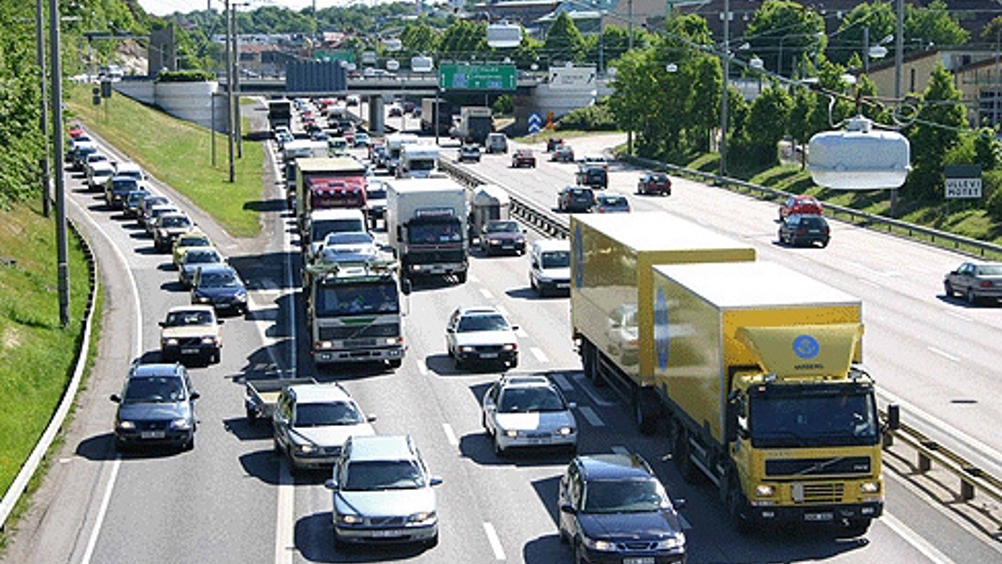Fund could get particulate-mapping device on the road
An engineer in the US has received a grant to develop a device that maps concentrations of particulate matter on the highways of Southern California in real time.

Heejung Jung, a University of California, Riverside assistant professor of engineering, received $41,000 (£25,000) from the UC Transportation Center to develop the portable device, which will be fitted on test vehicles.
Currently, the assessment of public exposure to particulate emissions is based on data from fixed monitoring sites or temporarily and spatially averaged emission data.
This creates a problem because the sites are too sparsely located to accurately measure particulate variations on highways for the former case, and spatial and temporal changes are not considered for the latter case, said Jung, a faculty member in the Bourns College of Engineering.
According to a statement, Jung’s research will attempt to quantify the highest potential exposure to particulate matter during the daily commute, enabling a better assessment of the public’s exposure to particulate emissions on highways focusing on probing temporal and spatial variations of particulate matter on highways.
Following the principles of fluid dynamics and particle formation, local conditions along highways can create hot spots of particulate concentration, Jung said. This phenomenon is impacted by particle nucleation, traffic variables and weather conditions.
Register now to continue reading
Thanks for visiting The Engineer. You’ve now reached your monthly limit of news stories. Register for free to unlock unlimited access to all of our news coverage, as well as premium content including opinion, in-depth features and special reports.
Benefits of registering
-
In-depth insights and coverage of key emerging trends
-
Unrestricted access to special reports throughout the year
-
Daily technology news delivered straight to your inbox










BEAS funding available to help businesses cut energy costs
And not a moment too soon, if the following exchange broadcast last Friday 13th June, on the Radio 4 ´Rare Earth´ program (link below, ~ 17 minutes...